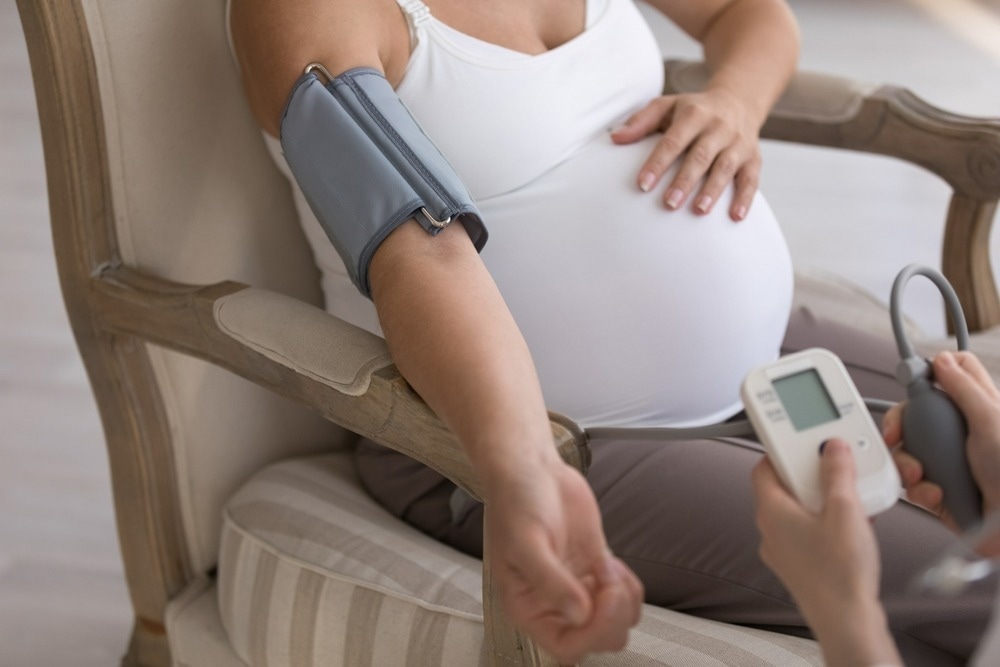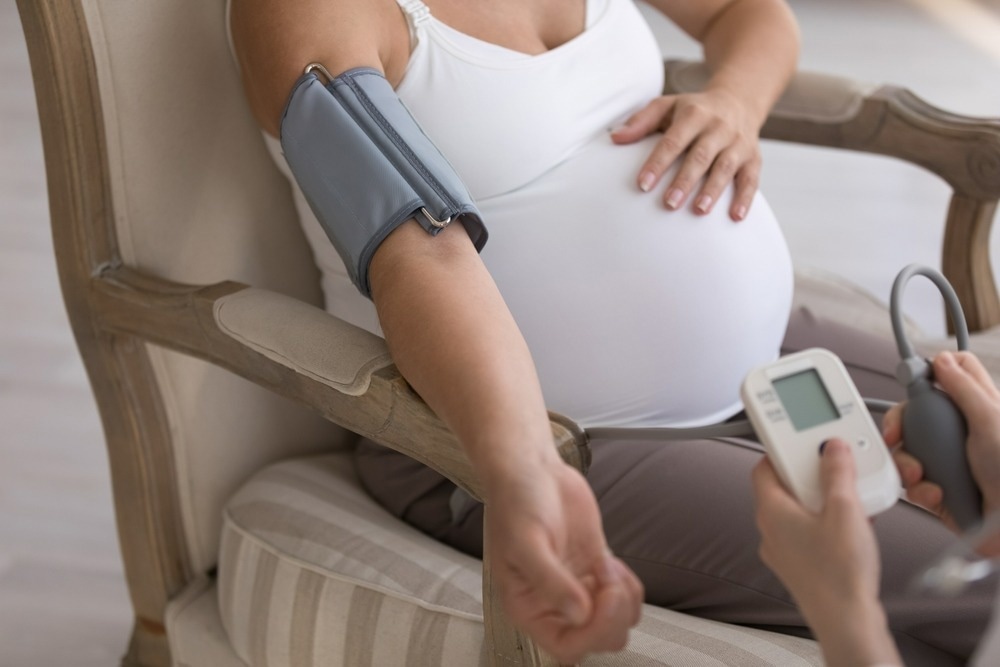In Western countries, 7% of children are born via assisted reproductive technology (ART). Conventionally, ART is associated with intracytoplasmic sperm injection (ICSI) and in vitro fertilization (IVF), which involves fresh embryo transfer (fresh-ET). Sometimes, in the case of surplus embryos, they are frozen and can later be thawed and used in subsequent cycles. The number of pregnancies using frozen embryo transfer (frozen-ET) has considerably increased in the last few decades due to advanced cryopreservation methods.

Background
Genetics & Genomics eBook

Compilation of the top interviews, articles, and news in the last year.
Download a copy today
Compared to fresh-ET, frozen-ET exhibited better obstetric and perinatal outcomes as per initial reports. The overall results revealed that using frozen-ET prevented ovarian hyperstimulation, leading to higher birth rates compared to fresh cycles.
Although the use of frozen-ET has many advantages, several observational studies have highlighted some safety concerns associated with this technique. For instance, a higher risk of hypertensive disorders in pregnancy (HDP) after frozen-ET, compared to fresh-ET or natural conception, was noted. This finding has been supported by a recent meta-analysis of three randomized trials that compared pregnancies using elective freezing and fresh transfer.
Recent sibship analyses revealed that singletons conceived by fresh-ET were smaller for gestational age compared to their naturally conceived siblings. However, singletons conceived after frozen-ET were larger for gestational age compared to naturally conceived siblings. The risk of preterm birth was found to be higher after both ART treatments.
A recent Hypertension study evaluated whether the risk of incidence of HDP following fresh-ET and frozen-ET was higher than in naturally conceived pregnancies. It used a sibship design to control for confounders associated with unknown or unmeasured parental factors, such as socioeconomic status, genetics, preconception lifestyle, and health.
About the study
The Committee of Nordic ART and Safety (CoNARTaS) cohort was used for this study. It consists of data of all deliveries registered under the Medical Birth Registries of four Nordic countries, i.e., Norway, Denmark, Finland, and Sweden. Data from Finland was not utilized because ART treatment details were not available.
The study period was between 1988 and 2014 for Denmark and 1988 to 2015 for Norway and Sweden. The cohort contained all singleton deliveries from mothers above 20 years of age. After excluding participants who did not fit the criteria of this study, 4,523,028 deliveries from 2,379,130 mothers were included in the final analysis, which contained 78,300 fresh-ET and 18,037 frozen-ET deliveries. A total of 33,209 singleton sibships that were conceived from two to three conception methods were analyzed in this study.
Study findings
Nationwide data from three Nordic countries over three decades were analyzed. It was observed that the risk of HDP after frozen-ET was significantly higher compared to natural conception. Nevertheless, pregnancies after fresh-ET were found to be at a lower or similar risk concerning natural conception.
Compared to natural conception, older women were more inclined to use ART. For instance, women who were around 34 years gave birth after frozen-ET, and those around 33 years gave birth after fresh-ET. A lower percentage of mothers who used ART smoked during their pregnancy. The mean body mass index of mothers was similar in all conception groups.
All conception methods exhibited a low prevalence of chronic hypertension. 6.6% of pregnancies after frozen-ET, 8.1% after fresh-ET, and 5.0% after natural conception were associated with preterm delivery. Interestingly, compared to natural conception, pregnancies after frozen-ET and fresh-ET were inclined towards cesarean section delivery. The unadjusted risk of HDP was found in 7.4% of women after frozen-ET, 5.9% after fresh ET, and 4.3% after natural conception.
For women with two consecutive singletons, the risk of HDP reduced substantially from the first to the second pregnancy in all conception methods. Importantly, compared to women without HDP, women with HDP in their first pregnancy were less likely to have a second pregnancy. This result remained true for all conception methods.
Strengths and limitations
The main strength of this study was its sibship design, which accounted for the confounding factors shared by siblings. The nationwide study cohort containing data from three countries for three decades was another important advantage of this study.
Some of the limitations of this study were associated with incomplete details in the study cohort. For instance, due to the lack of data on the number of embryos obtained from the stimulation cycle, the authors failed to determine if couples with fresh-ET conception had surplus embryos for freezing. Additionally, whether frozen-ET pregnancies were adopted due to unsuccessful fresh-ET or an elective freezing approach could not be assessed. In the future, more research must be conducted to determine which treatment factors associated with frozen-ET induce HDP.
- Petersen, H.S. et al. (2022) Risk of Hypertensive Disorders in Pregnancy After Fresh and Frozen Embryo Transfer in Assisted Reproduction: A Population-Based Cohort Study With Within-Sibship Analysis. Hypertension, doi: 10.1161/HYPERTENSIONAHA.122.19689 https://www.ahajournals.org/doi/10.1161/HYPERTENSIONAHA.122.19689
Posted in: Medical Science News | Medical Research News | Disease/Infection News
Tags: Body Mass Index, Cesarean Section, Children, Chronic, Conception, Embryo, Fertilization, Genetics, in vitro, IVF, Pregnancy, Reproduction, Research, Sperm

Written by
Dr. Priyom Bose
Priyom holds a Ph.D. in Plant Biology and Biotechnology from the University of Madras, India. She is an active researcher and an experienced science writer. Priyom has also co-authored several original research articles that have been published in reputed peer-reviewed journals. She is also an avid reader and an amateur photographer.
Source: Read Full Article
